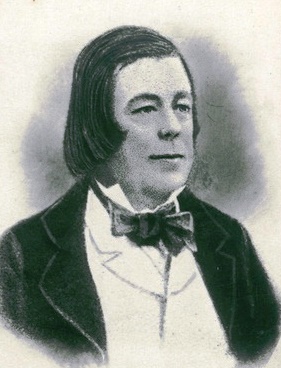
Glenelg is a beach-side suburb of the South Australian capital of Adelaide. Located on the shore of Holdfast Bay in Gulf St Vincent, it has become a tourist destination due to its beach and many attractions, home to several hotels and dozens of restaurants.

The Glenelg tram line is a tram/light rail line in Adelaide. Apart from a short street-running section in Glenelg, the line has its own reservation, with minimal interference from road traffic.

Eagle On The Hill is an unbounded locality in the Australian state of South Australia located in the suburb of Crafers West on the western face of the Adelaide Hills overlooking the Adelaide metropolitan area.
Moseley Square is a public square in the City of Holdfast Bay at Glenelg, and was named for Henry J. Moseley, the builder and first publican of the Pier Hotel, Glenelg. Located between Jetty Road and Glenelg Beach, the Square is the location of the Glenelg Town Hall, Glenelg Jetty, the Stamford Grand Hotel and various fast-food outlets. It is the terminus of the Glenelg tram line from Adelaide. It is a site of major events including the Glenelg Jazz Festival and the City to Bay Fun Run.

Arthur Wellington Ware CMG was a brewer and Mayor of Adelaide from 1898 to 1901 and a publican in both South Australia and Queensland.

George Klewitz Soward was an architect and politician in South Australia. he was a partner in the firm English & Soward from 1880 to 1925, renamed English, Soward & Jackman from 1926 to 1936. Among other buildings, the firm was known for designing Beehive Corner, the Epworth Building, and the Queen Adelaide Club.

James Grey Moseley CMG was an Australian politician who represented the South Australian House of Assembly seat of Flinders from 1910 to 1933. He was part of the Liberal Union, Liberal Federation and Liberal and Country League.
Joseph Jackman was the founder of Jackman's Rooms which incorporated a restaurant "Jackman's Dining Room", meeting rooms, dance hall and banqueting room at 48–50 King William Street, Adelaide, and several other cafes in Adelaide, South Australia.
Daniel Garlick was an architect in the early days of South Australia. During his lifetime, his architectural practice names were Garlick & Son and Jackman & Garlick. After his death his name was perpetuated by two rival firms: Garlick & Sibley and then Garlick, Sibley & Wooldridge; and Garlick & Jackman and then Garlick, Jackman & Gooden.
The Tolley family were important winemakers, merchants and distillers in South Australia. Members of the family formed three businesses: A. E. & F. Tolley, wine merchants of Leigh Street, Adelaide, Tolley Scott & Tolley, distillers of Stepney and Nuriootpa, better known by the initials "T.S.T.", and Douglas A. Tolley Pty, Ltd., winemakers of Hope Valley.
The Hindmarsh Brewery was a brewery founded c.1844 in Hindmarsh, in the then colony of South Australia, by E. J. F. "Fred" Crawford. Crawford lost possession of the business in 1859, then re-established it on a different site before becoming bankrupt. It was then taken over by Henry Haussen and George Catchlove, and was successfully operated by them and their successors until 1927.
Walkerville Brewery was a brewer of beer in Adelaide, South Australia, originally founded in the 1840s. The company became a co-operative, and grew by admitting hotel owners as shareholders, and absorbed smaller breweries. After several amalgamations it moved its operations to Southwark and by 1920 it was South Australia's largest brewing company.

William Williams was an early settler in the Province of South Australia, known for establishing the Walkerville Brewery and for his work on the Kaurna language. He was Deputy Colonial Storekeeper for some time.
Hamilton Charles Palmer LLB was a lawyer in the early days of the colony of South Australia, remembered for his year as a master at one of Adelaide's private schools in 1860 and for a bathetic political candidature ten years later.
Rev. Charles Manthorpe was a Congregationalist minister remembered for his 36-year pastorate in Glenelg, South Australia.
Henry Jackson Moseley was a builder and publican in the very early days of the British colony of South Australia.
Francis Joseph Botting, generally known as F. J. Botting was an auctioneer in Adelaide, South Australia, who became an owner of several important hotels and breweries. His son, Frank South Botting, was a partner.
Elizabeth Whitby was founder and principal of a school for girls in Carrington Street, Adelaide, one of the first in the Colony of South Australia, founded in 1848.

Charles Atkins Hornabrook was a businessman in the colony of South Australia who made a fortune from property development in the city of Adelaide and investments in Broken Hill Proprietary and other mining prospects. He is remembered as the owner and developer of the York Hotel, at the time regarded as Adelaide's finest.
The Glenelg railway line is a former railway line in Adelaide, South Australia.











